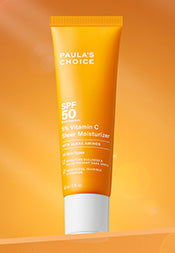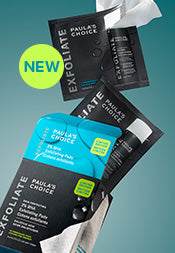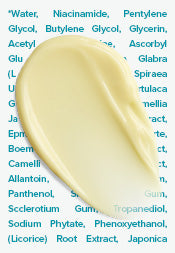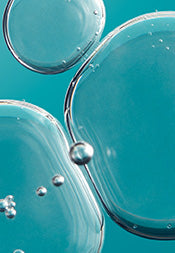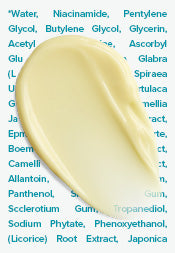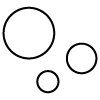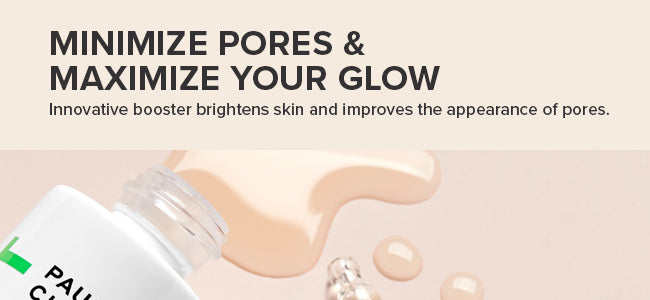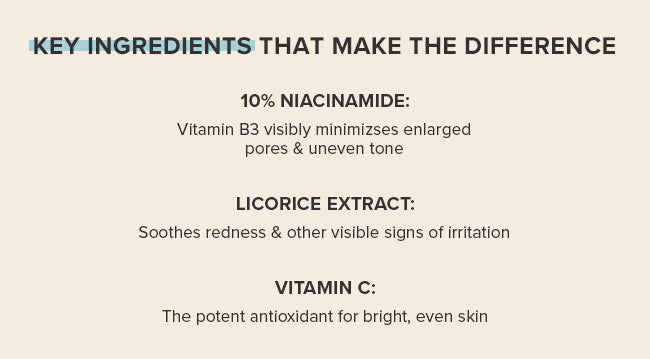10% Niacinamide Booster
10% Niacinamide Booster
This concentrated 10% niacinamide serum booster dramatically improves uneven skin tone and refines the appearance of pore size, skin texture, and fine lines.
- Promotes a brighter, younger-looking appearance
- Niacinamide (vitamin B3) visibly minimizes pore size
- Sheer ultra-light liquid formula
- Use alone or add to your moisturizer or serum
Partner Perks & Savings

Enjoy extra savings with PayLater by Grab. Here’s how it works:
1. Add your skincare pick to cart and checkout.
2. Select GrabPay or PayLater by Grab as your payment method and you will be redirected to view your payment details on Grab's app.
3. Once directed, you may enter the promo code and select the relevant promo.
- $8 off min $100 (promo code: PC08)
- $17 off min $200 (promo code: PC17)
Applicable for PayLater payment method only
4. Once promo voucher is applied, select your preferred payment plan and complete payment.
5. Ensure that the voucher has been applied to the order before payment.
And you're done!
Offers
Up to 25% OFF Sitewide
Top 25 icons at 20% OFF, plus an extra 5% OFF on min $100.
FREE Gifts total worth $60
On purchases above $130.
No Code Needed
FREE Shipping
On all orders above $10
No Code Needed
-
 Our cruelty free promise
Our cruelty free promise
-
 Alcohol and Fragrance-Free
Alcohol and Fragrance-Free

BOOST
10% Niacinamide Booster
$75.00
$60.00


